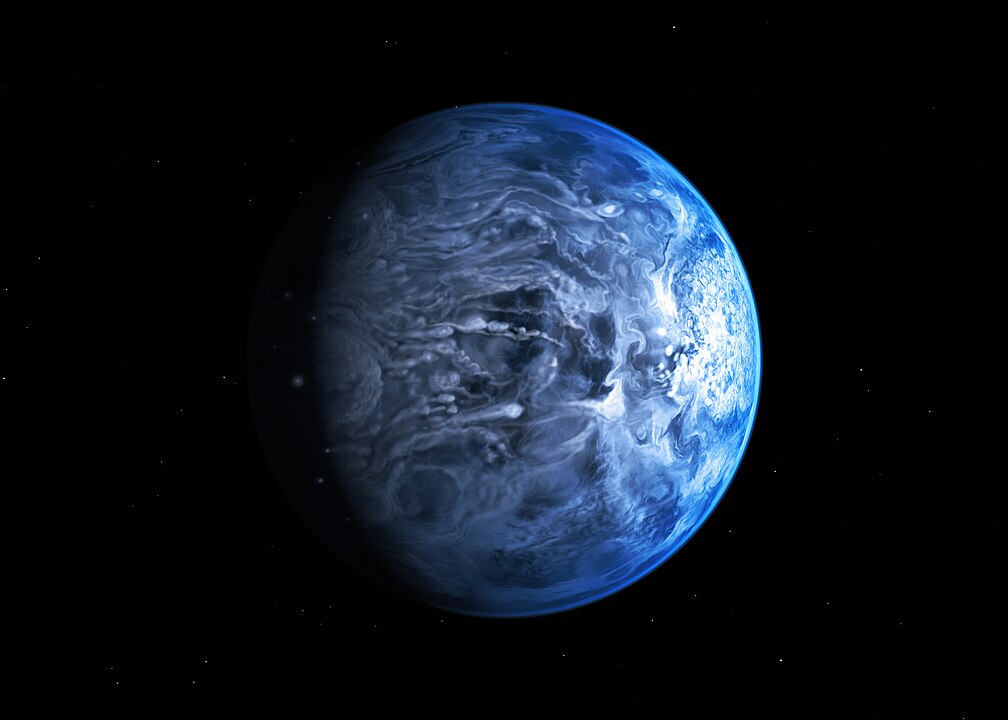Over the weekend Twinsburg, Ohio, hosted its annual Twins Festival, which they say is the world’s largest gathering of twins and multiples.
Technically, the entire planet Earth could take part in that gathering, because it has a twin too.
An evil twin.
Officially it’s known as Exoplanet HD 189733b.
It’s about 63 light years away from our planet, so in this pre-warp drive time we can’t study it up close.
Still, astronomers have figured out quite a few things about this far-off world, and they ain’t pretty.
Scientists first spotted it in 2005, and it wasn’t until 2013 that they discovered its color: blue, with lots of white clouds.
But that’s about the only thing the exoplanet has in common with our planet.
For example, it’s much bigger than Earth, more Jupiter-sized.
And its blue color isn’t because it has liquid oceans like Earth has.
Instead, it has, and I’m quoting NASA here, “a hazy, blow-torched atmosphere containing high clouds laced with silicate particles.”
That means it rains molten glass.
Plus, winds on this planet blow around 5,400 mph (imagine getting caught out in that storm).
And even if there isn’t a storm going on, it’s not exactly comfortable.
The temperatures hover somewhere around 1,700°F, at least on the bright side of the planet.
It’s so close to its parent star that scientists believe it’s tidally locked, meaning that one side is always facing the star and the rest is always facing away.
NASA isn’t looking for life here, because there almost certainly isn’t any.
But they do have eyes on the exoplanet; in fact, they featured Exoplanet HD 189733b in a 2016 series they called “Galaxy of Horrors.”
Starting this Friday in east Nashville, Tennessee, it’s the Tomato Art Fest!
It’s a showcase for tomato-themed art of all kinds, though technically you just need to include a fruit or vegetable for the art to be displayed.
It could get saucy.
This Blue Alien Planet Is Not at All Earth-Like (Space.com)
Rains of Terror on Exoplanet HD 189733b (NASA)
Image by ESA/Hubble, CC BY 4.0, via Wikicommons

